7 sentimental items that are just taking up space – clear out ‘maybe’ piles disguised as memories, pros say
Make physical and emotional space
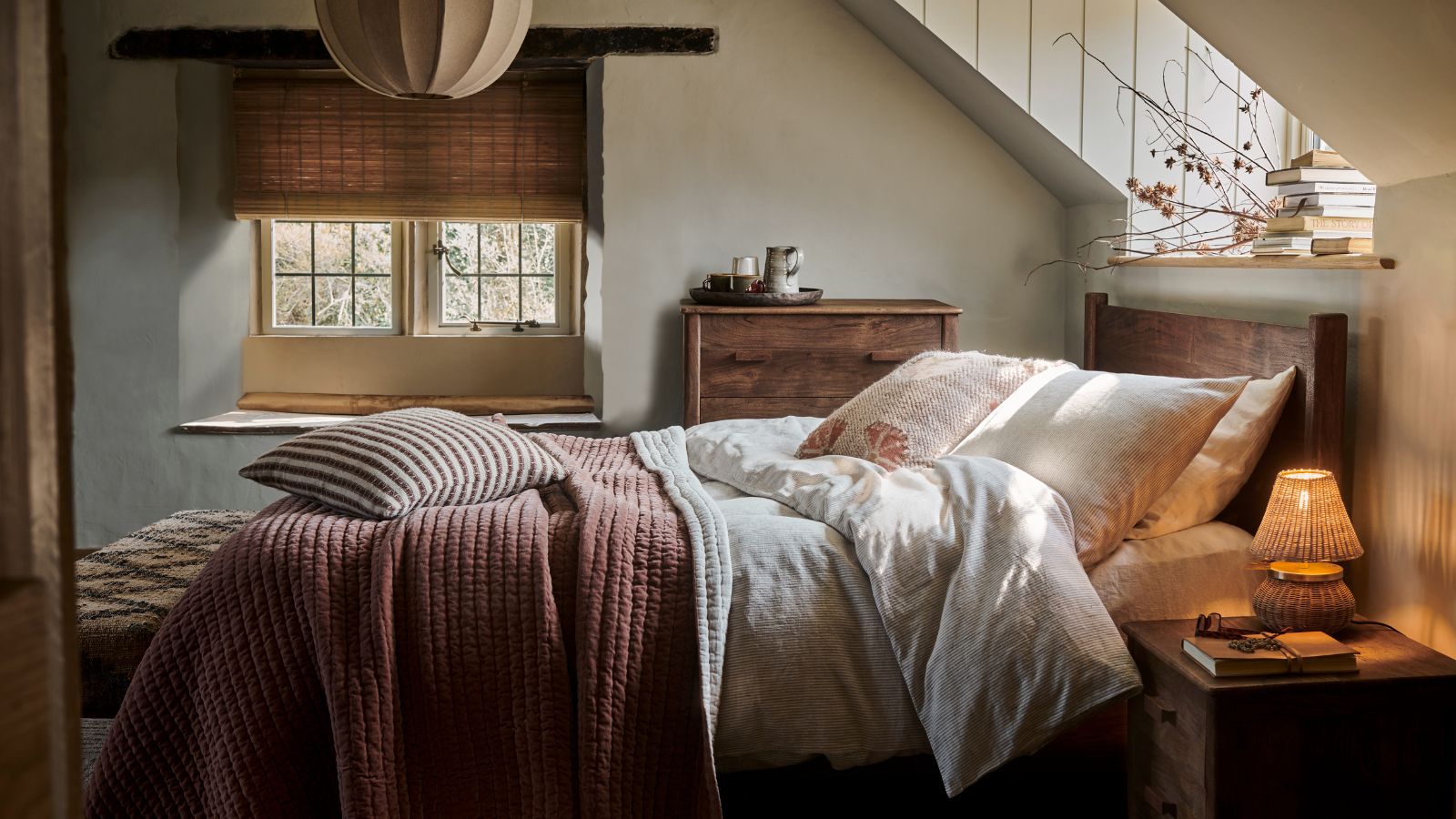

We all have them – those boxes of items collecting dust because we feel guilty parting with them. However, these so-called sentimental items are taking up valuable space in our homes.
That is why professional home organizers are urging us to reframe how we see sentimental clutter and make room, both physically and emotionally, by decluttering.
Here, they share their top decluttering methods to clear out the sentimental items that are actually taking up space without losing what matters most.
Sentimental things that are actually taking up space
Decluttering sentimental items can be hard, but there are some items that you may be imbuing with sentimentality, when really it is just ‘stuff’ with a loose attachment to the past – a ‘maybe’ pile disguised as memories.
To ditch your maybe pile successfully, start with the following categories in your home:
1. Gifts and inherited items
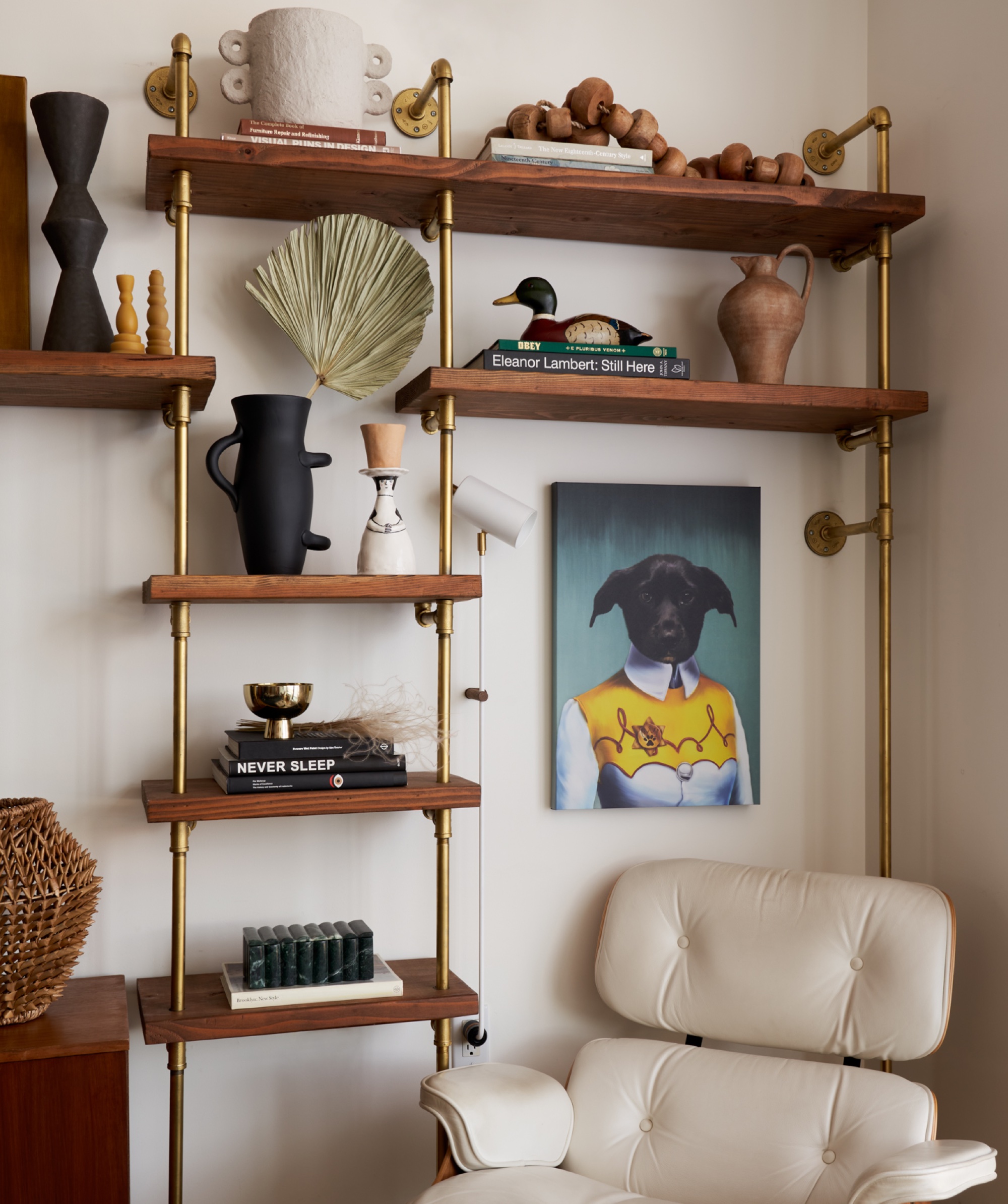
Just because it was a gift, doesn't mean you have to keep it.
Items that have been given to you (especially by someone special to you) are one of the many things that feel illegal to declutter. However, many of these ‘sentimental’ items are simply taking up space.
Meera Sharma, certified KonMari consultant and tidying coach at Spark Joy with Meera, says, ‘We often keep them out of guilt and fear of hurting the sentiments of the gift giver or dishonoring the memory of ones who have passed away.
'The purpose of a gift is to be given and to be received. Once that is done, it has served its purpose. It is ok to let go of such items if they do not spark joy and feel more like a burden.
'Better to be honest and let them go with gratitude and dignity than to keep them tucked away somewhere, unloved and often unused/forgotten but occupying space.’
Luckily, there are some guilt-free ways of getting rid of unwanted gifts to help you start the clearing-out process, and this pack of plain gift bags, from Target are ideal for simple regifting at any time of the year.
If you are ruthlessly decluttering for your parents, you can snap photos of the items you're donating or discarding and make a photo album of them instead of keeping them all.
2. Children's art and clothes
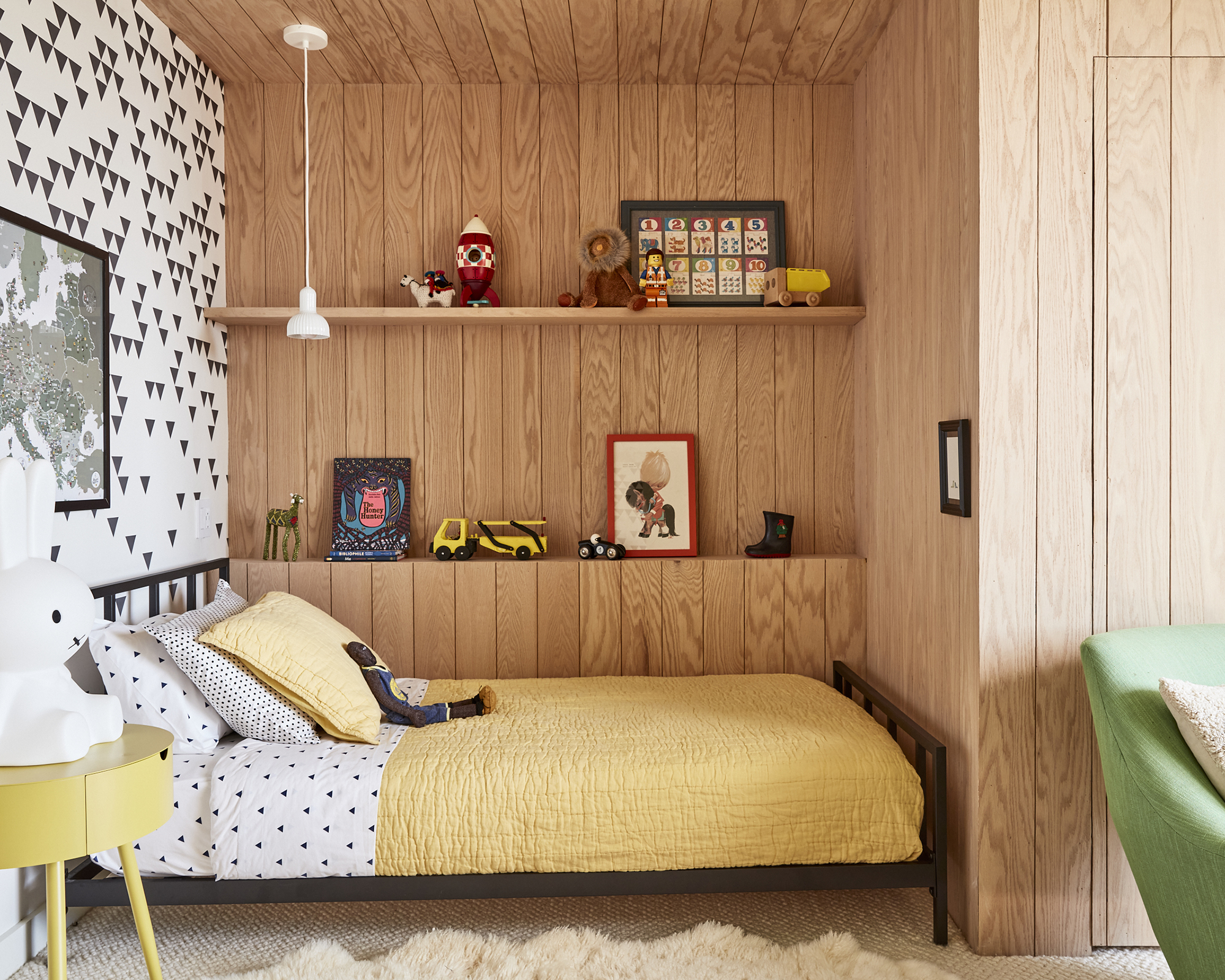
Talk to your children, if they are old enough, about what they might want to keep.
Whether decluttering toys or organizing children’s clothes, there are some pieces that might feel far too precious to give away.
However, Suzanne Roynon, consultant interiors therapist and Feng Shui practitioner at Interiors Therapy, says, ‘Children’s schoolbooks, cards, macaroni paintings and outgrown school uniform are all common finds.
'A client had 18 boxes of birthday cards and childhood memorabilia carefully curated for her daughter. The daughter laughed and put the lot in a skip.
'Millennials and Gen Z travel light through life; they choose to be nimble and would rather not be encumbered by memories and stuff. Even those kids who gather collectibles would rather leave them at Mom and Dad’s than take them to a new home.
‘Ask yourself honestly whether keeping these things is really adding to your quality of life, wellbeing, and success. If the answer is ‘no’, let them go.’
If you do want to keep a few special pieces, keep them in a small airtight plastic container from Walmart to protect them from temperature and moisture fluctuations.
Keeping the container small can also help to limit how much you are able to store, thereby limiting sentimental clutter.
3. Old photos
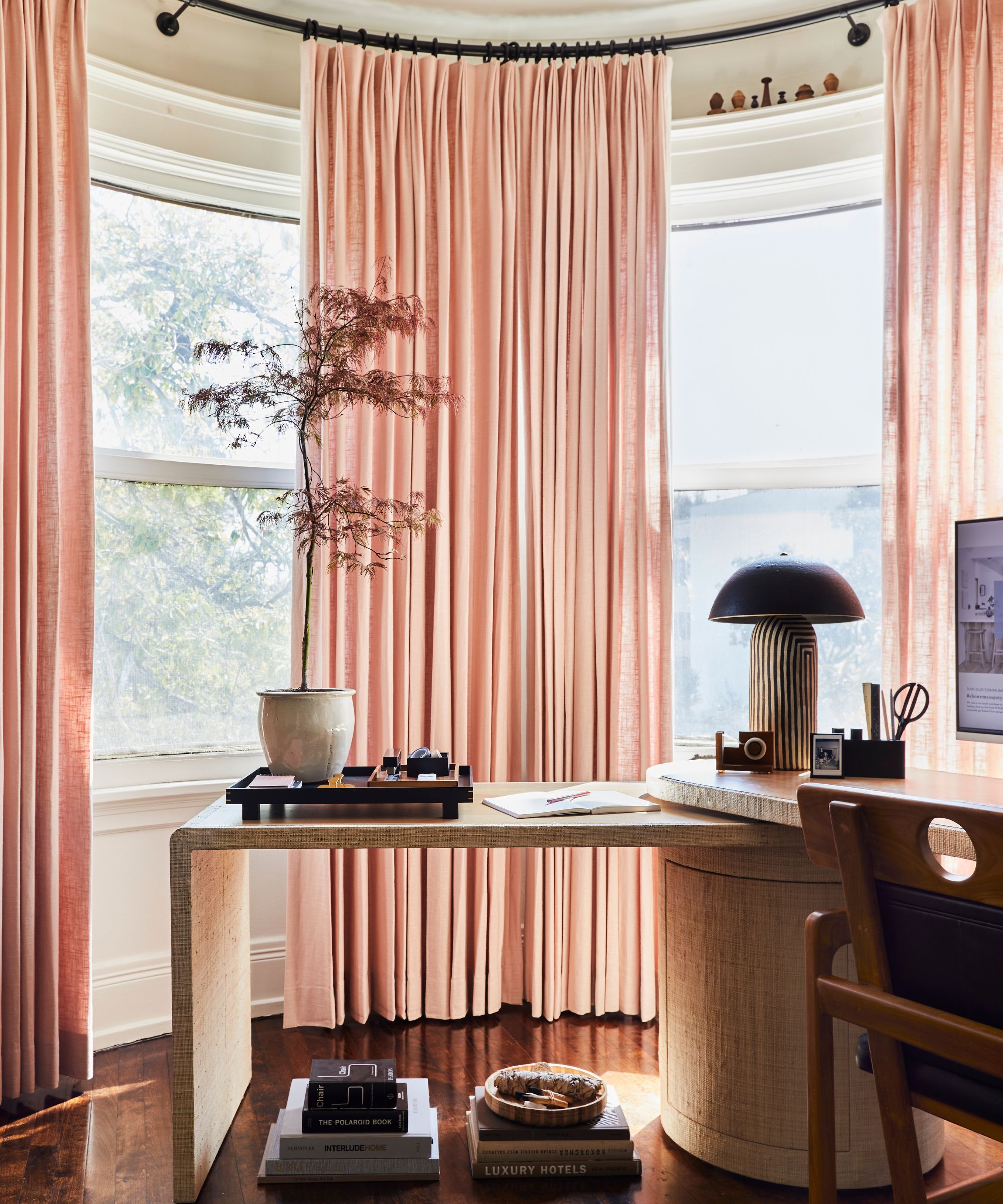
Digitize photos to preserve memories and save space.
Old physical photos can take up a surprising amount of space in a home. When organizing family photos, consider digitizing them, adding them to an external hard drive, such as the Seagate external hard drive with rescue data recovery service, from Best Buy, to keep them safe from damage and online cloud outages.
You can also use an affordable Epsom flatbed scanner, available at Amazon with a handy removable lid to convert your images easily at home.
When working through these, Suzanne suggests being meticulous with the ones you decide to immortalize. She urges, ‘get rid of photos where people are unhappy or they represent a difficult period in their lives. For example, the end of a relationship or a traumatic event. These will instantly trigger a negative emotional response, which can hurt to the very core.’
Heartbreak decluttering can be cathartic and mark a fresh start.
4. Ashes

Ashes should be scattered to free emotional clutter.
We want to be clear here: No one is suggesting that you declutter or throw out the ashes of a loved one or pet. It is simply one of the things pro organizers never do when decluttering.
However, Suzanne suggests removing them from your physical space, both to make room and to lift an emotional burden.
She counts the ashes of a deceased loved one or pet in this advice, explaining, 'I’ve found ashes in the back of cupboards, under the stairs, on the mantlepiece, and in every situation; their continued presence in the home has exacerbated the feeling of sadness and loss. Wherever you try to hide ashes (even in the shed), your subconscious knows they are constantly in your space.
‘My suggestion is to scatter the ashes somewhere your loved one especially liked to be. A place you can always visit if you feel the need to do so. I’d avoid the back garden as if you move, it might feel as though you are leaving them behind. Remember those you love live on in your heart forever, and they would probably hate to be stuck under the kitchen sink.’
If you do want to keep a part of a loved one with you, consider using an ashes locket, from Amazon, to keep them close to your heart.
Many talented jewelers and artisan crafters are able to turn ashes into a special item of jewelry so it's worth searching online. Etsy has many listings for ash memorabilia rings that may be a good fit for you. Just make sure to read reviews before taking the plunge.
5. Old vehicles
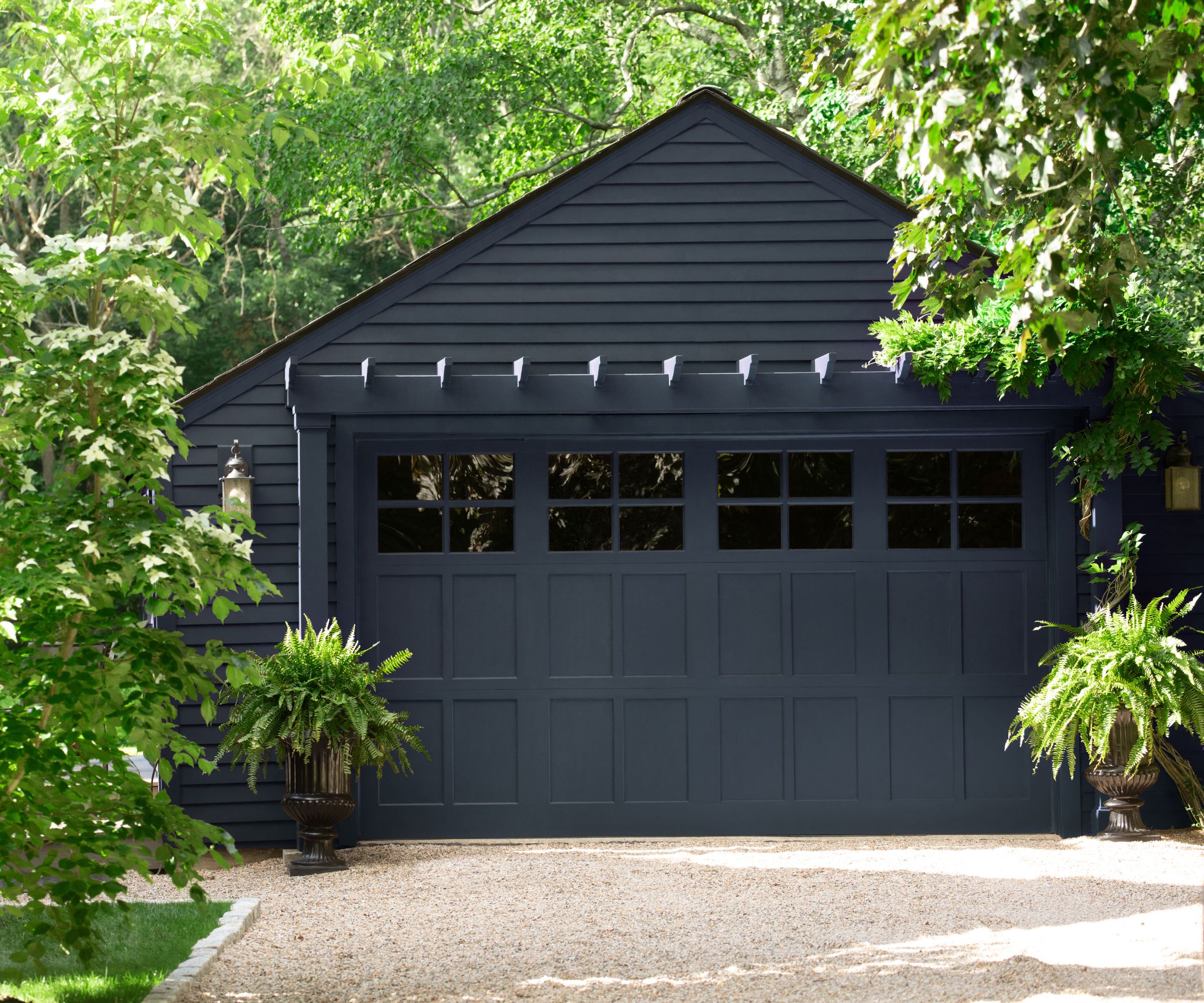
The garage is a good place to start when decluttering.
This is a very large and unusual category to declutter, but Meera says, ‘Old automobiles, bikes, motorcycles, vehicles that are in disrepair, that you are never going to restore or use again, need to go.
'They take up a significant amount of space. Instead of keeping them in this sad state, let them go with gratitude and dignity and make room for things or activities that you enjoy and serve who you are now, and who you are becoming.’
While you are there, declutter the garage to get rid of associated car items and free up extra storage ideas for items you will use and potentially make new memories with.
When organizing a garage, opt for heavy-duty adjustable shelving, from Wayfair, to keep everything off the floor and easy to access.
This will also curb the risk of mice in your garage and other indoor pests finding a cozy box or pile of stuff on the floor to nest in.
6. Religious iconography
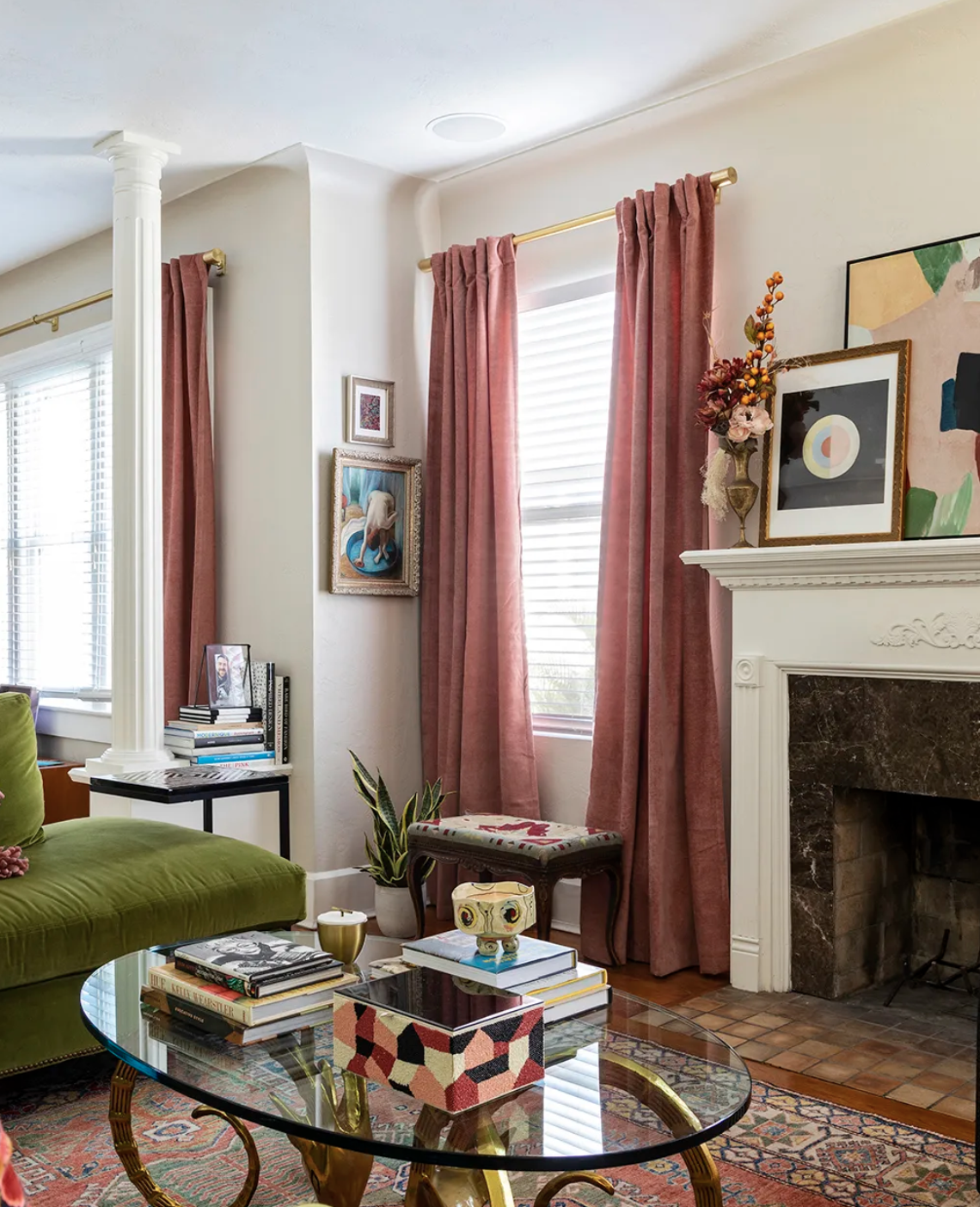
Donate old religious iconography.
Meera says, ‘Sentiment and superstition often make us hang on to prayer and devotional items like idols, statues, photos of saints and deities, books, altar decoration items, lamps, and candle holders that have accumulated over the years.
'However, it’s OK to let go of the excess in this category – items that you no longer use, have multiples of, have too much of, or those that have outlived their purpose.
‘There are respectful ways to do so, such as through gifting or donation.’
7. Mass-produced mementos
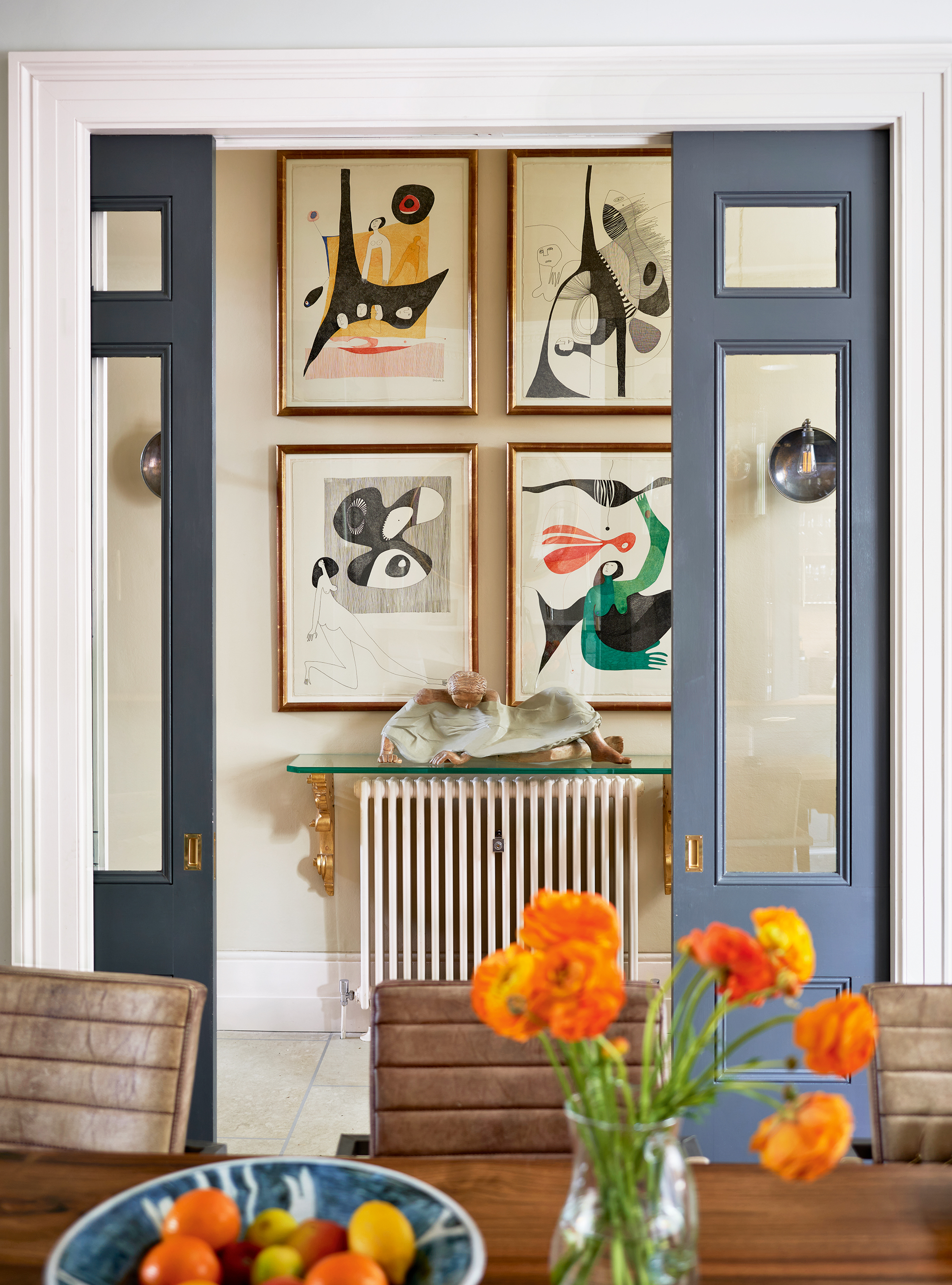
The same rules apply to large art or fine china collections.
Although there are certainly some ways to display collections without clutter, it is a lot easier if you go in with some decluttering tips for collectors and hoarders first.
Mass-produced mementos, memorabilia, and ticket stubs are amongst the most common ‘sentimental’ items taking up space, and can be easy to clear out.
Max Wilson, storage specialist and co-founder of Pocket Storage, shares, ‘This category includes things like stacks of old concert tickets, theatre programs, generic postcards, worn-out souvenirs from a forgotten trip, or promotional items gathered over the years.
'Often, the memory is truly what's sentimental, not the physical object itself, especially if it's mass-produced and holds no unique artistic or financial value.
‘Take a photo of the item, journal about the memory, or create a digital album. Unless it's a truly unique, handmade memento or a significant artefact from a truly rare event, these items tend to weigh down our spaces without truly enriching our lives.’
For those items you are keeping, avoid leaving them in attic storage ideas to rot. Instead, opt for a display cabinet, such as this glass dining cabinet from Wayfair, to keep them on display as a conversation starter.
What to shop
 Two sizes
Two sizes
Baskets are perfect for helping you either organize the items you are keeping or use the three-box method to help decide between items to keep and get rid of.

Under-bed storage is a great way to keep the truly sentimental items safe from temperature and moisture fluctuations, but still easily accessible.
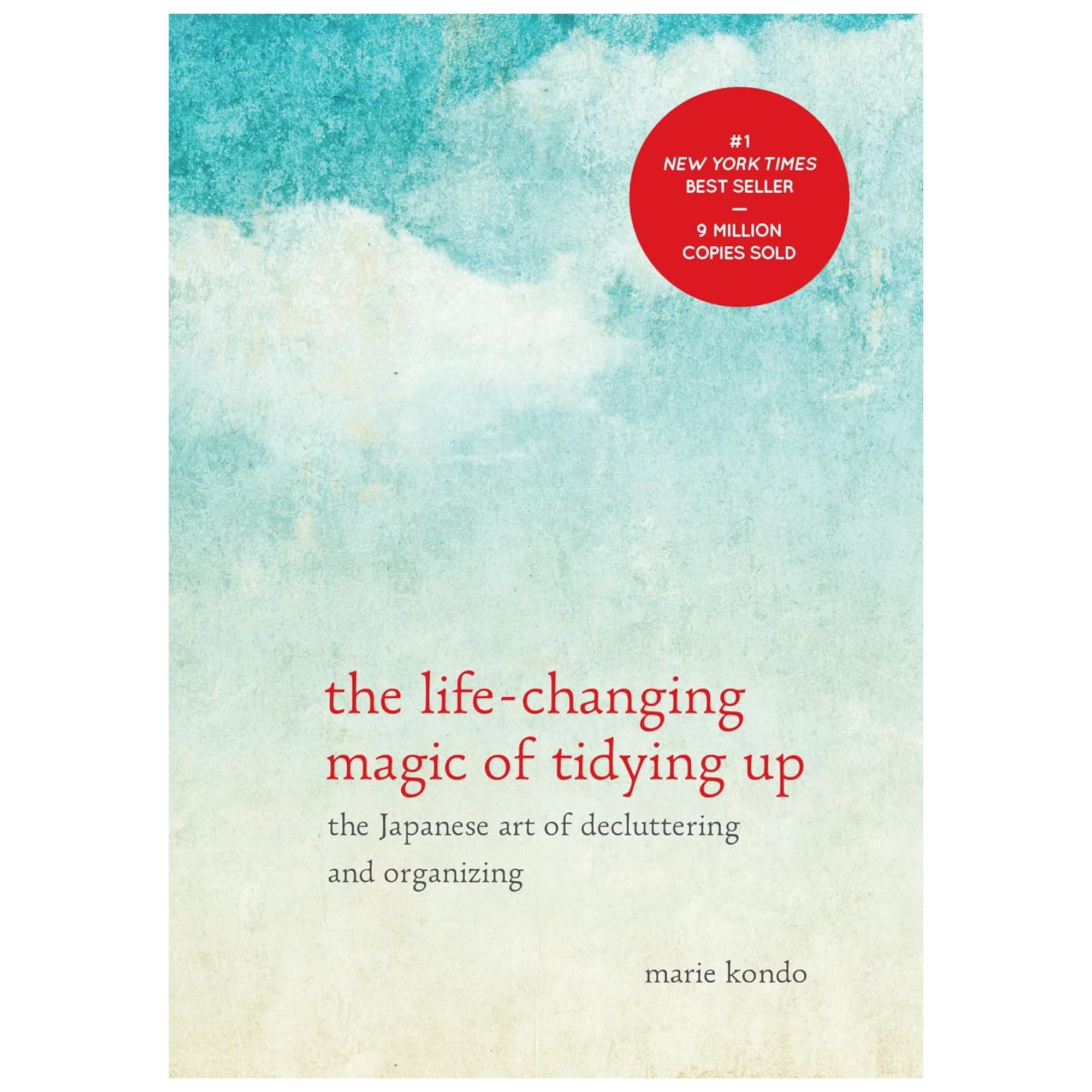
This bestselling book packs so much information into a mere 200 pages, in a readable and digestible format that's accessible to all readers of all ages to help you start on your decluttering journey.
Meet the experts

Meera is a mom, wife, homemaker, teacher, Dyslexia Practitioner, and a KonMari® Consultant and Tidying Coach, having switched careers from being an educator.
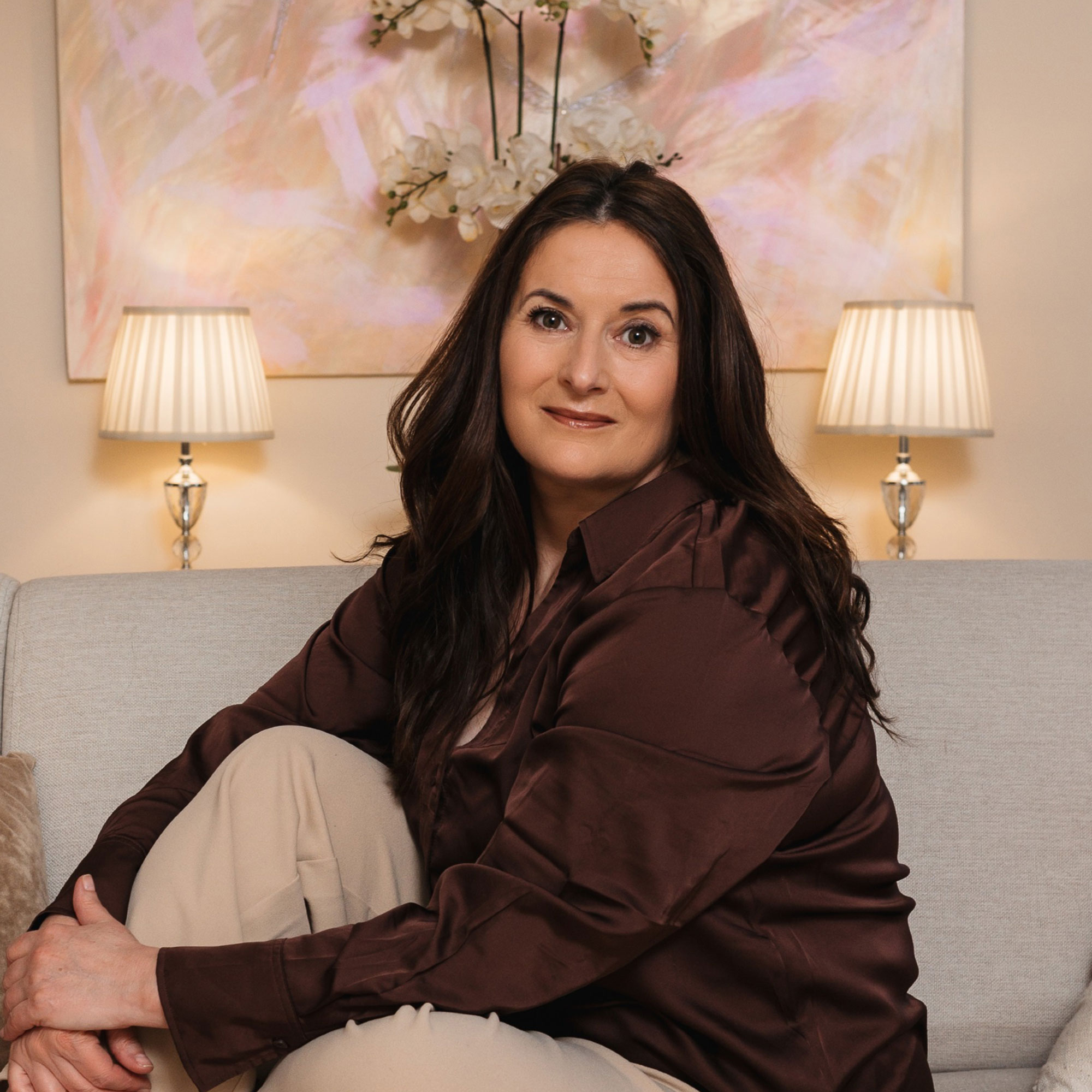
Suzanne is an Interiors Therapist, Feng Shui consultant, and author of Welcome Home, how stuff makes or breaks your relationship. She specializes in understanding the energetic impact of homes and certain possessions may have on all aspects of life, health and relationships, and the ways in which ‘stuff’ can actively prevent people and families from thriving and enjoying the lifestyle they deserve.
Feeling inspired? Consider being more ruthless when decluttering elsewhere in your home, too, to really cut clutter and create a home that serves you, and not the other way around.
Design expertise in your inbox – from inspiring decorating ideas and beautiful celebrity homes to practical gardening advice and shopping round-ups.
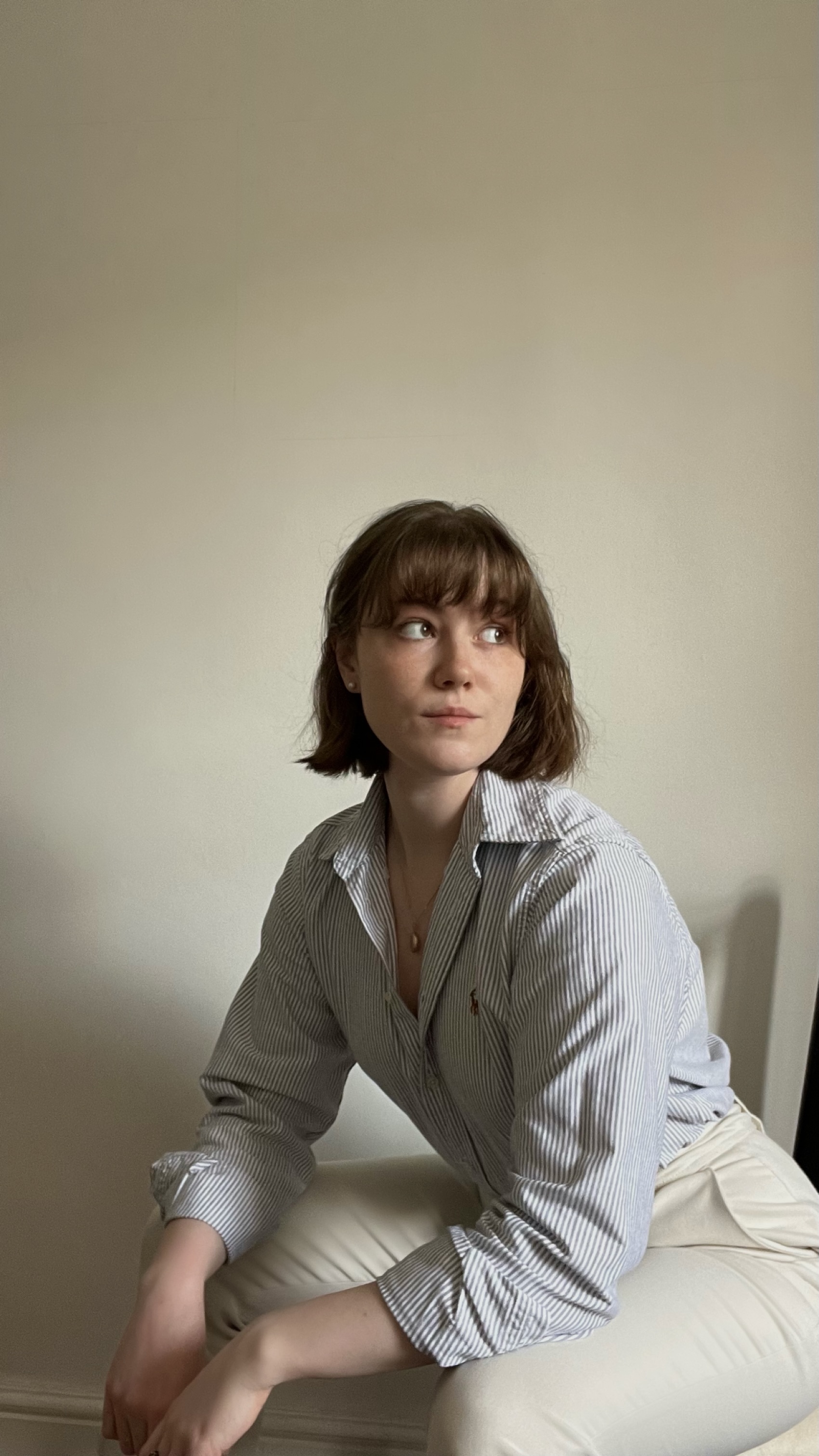
Chiana has been at Homes & Gardens for two years and is our resident 'queen' of non-toxic living. She spends most of her time producing content for the Solved section of the website, helping readers get the most out of their homes through clever decluttering, cleaning, and tidying tips. She was named one of Fixr's top home improvement journalists in 2024.
You must confirm your public display name before commenting
Please logout and then login again, you will then be prompted to enter your display name.